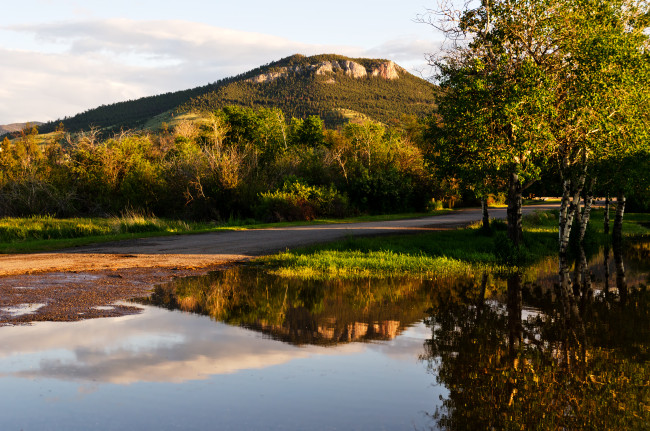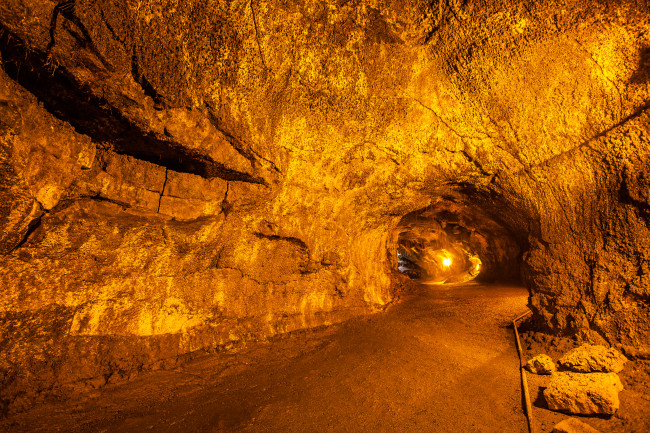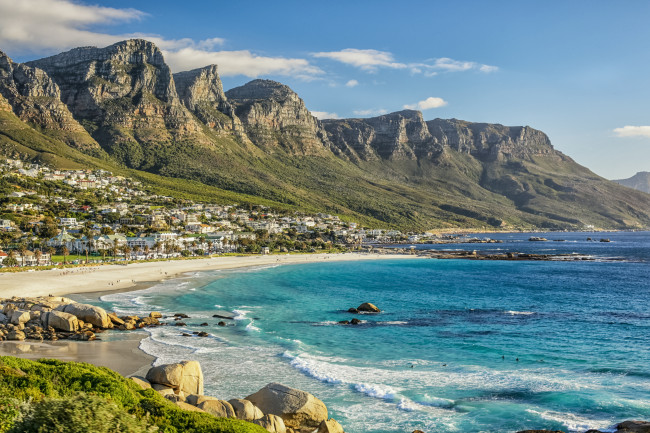By Chelsea Stuart
If you haven’t heard of Geocaching, don’t fret, we’re here to fill you in on this international, recreational scavenger hunt. Here’s how it works: participants use GPS devices and their navigational skills to locate “geocaches,” small containers that are hidden all over the world at specific coordinates. Geocaches vary in size, shape, and content. The one thing they all have in common is a small logbook with a pen or pencil. Geocachers sign the log and then hide the cache exactly where they found it in order for the next person to unearth it. While caches can be rather tiny—a small tube with a rolled up log per se—they can also be larger containers with small knickknacks for the finder. Common items include coins, CDs, and books. The only rule is that you must replace whatever you take with something of equal or greater value.
How to Start Geocaching
There are different levels of difficulty when it comes to geocaching, so those who are new to the game can step in at their leisure. In fact, the 5 million plus community of geocachers encompasses nearly all age groups and caches are hidden in 180 countries so far. In order to start finding caches, you have to join the official site and either download their app in order to use their GPS system, or use your own GPS. From there you simply choose the cache you would like to find—you’d be surprised to learn that there are hundreds of them in even the most unsuspecting of small towns—and then once you find it, you sign the log, re-hide it, and share your experience online if you so choose.
The site allows you to search by zip code and shows you all active caches in the area as well as reviews by fellow participants. Each cache is tagged by it’s nickname and their designated pages include tips on finding the caches, instructions for following paths if necessary, and some even have puzzles or clues in the form of cryptic messages that must be decoded.
If you’re not up for geocaching on your own right away, you can also go on a GeoTour. As the official site says, “A GeoTour is a collection of geocaches that take geocachers on a tour of a specific area. They can be along a trail, through historic sites, in a park, and even in the middle of an urban area. At each stop, you can introduce family-friendly activities, interesting facts, stories, and the best parts of your destination.”
In order to find a tour in your area, you can check the active listings here.
Now Get Out and Go!
While this is in no way an official guide—there are millions of geocaches to be found and in many interesting places—if you happen to find yourself in any of these cities, bust out your GPS and try your hand at their local spots.
Helena, Montana
Photo of Helena via Shutterstock
Helena won Rand McNally’s Best Small Town for Geocaching in 2013 and considering their location—the heart of the Rocky Mountains—it’s no surprise. The city, which fittingly resides in Lewis and Clark County, is home to many lakes, 75 miles of hiking trails, and more disc golf courses than any other town in the state. It is also popular among local and visiting geocachers as they proudly boast their own GeoTour with 38 caches that gives participants a look into the history and sites of the city including the Elkhorn Ghost Town, Mount Helena City Park, and Last Chance Gulch, an old gold mining region.
Prague, Czech Republic
Photo of Prague via Shutterstock
Though Prague has many a hidden caches, one in particular, known as The Royal Road, is an urban geocaching adventure that has you follow in the steps of Czech kings. The easy-to-follow trail runs the course of the coronation and funeral procession of royalty from the 16th to 18th centuries and connects the King’s Court to the to the Prague Castle. As you walk the path first forged by Emperor Maximilian in 1562 and followed by Maria Theresa, Leopold II, and Ferdinand V, you will take in the new and old sights of the city, observe cubist and Baroque architecture, and locate a number of hidden in plain sight caches.
Hawai’i Volcanoes National Park, Hawaii
Photo of Hawai’i Volcanoes National Park via Shutterstock
The Hawai’i Volcanoes National Park geocaching trail is an easy walk through dangerous terrain. Because the route is along an active volcano—Mauna Ulu, which erupted for 5 years from 1969-1974— it is imperative that you do not wander off the designated path. The evidence of Mauna Ulu’s eruption is all around, particularly in the resulting lava-covered trees, craters, and lava shields. While the landscape may seem harsh, as the official guide says, “Today when we come to Mauna Ulu, we see a steaming landscape of destruction and twisted rock. We also discover a fragile and surreal beauty—a place where life regenerates on the volcano’s raw flows.”
Cape Town, South Africa
Photo of Cape Town via Shutterstock
There are roughly 11,000 caches hidden across South Africa, making the whole country an ideal spot for seeking. The geography of Cape Town, one of the country’s three capitals, proves to make it an incredible place to geocache offering the rougher terrain of Table Mountain and Lion’s Head Mountain, as well as the beaches of Table Bay and the Cape of Good Hope, and the rolling grasses of the Kirstenbosch National Botanical Garden. Whether you choose to take a leisurely walk, a brisk hike, or challenging climb, there is something for every geocacher.
Help Sustain Your Geocaching Environment
If you do enjoy geocaching, whether you are new to the game or rather experienced, be sure to give back by participating in Cache In Trash Out Weekend. The annual event, now in it’s thirteenth year, encourages volunteers to help out in their communities and preserve their geocaching landscape by cleaning up litter, building trails, and planting new vegetation.
This year’s CITO is being held on April 25th and 26th. You can participate in an existing event, or organize your own community outreach if one doesn’t yet exist. For a list of upcoming CITO events, check here.
About the Writer
 Chelsea Stuart is currently finishing up her degree in Writing, Literature & Publishing at Emerson College in Boston. After living on a ship for four months and visiting 15 countries with the study abroad program Semester at Sea, she’s presently dealing with some intense wanderlust. Aside from travel, she enjoys reading, writing, photography, thrifting, and drinking an absurd amount of coffee. She hopes to one day (soon) pursue a career in publishing and try her luck in The City that Never Sleeps.
Chelsea Stuart is currently finishing up her degree in Writing, Literature & Publishing at Emerson College in Boston. After living on a ship for four months and visiting 15 countries with the study abroad program Semester at Sea, she’s presently dealing with some intense wanderlust. Aside from travel, she enjoys reading, writing, photography, thrifting, and drinking an absurd amount of coffee. She hopes to one day (soon) pursue a career in publishing and try her luck in The City that Never Sleeps.
Feature photo via Shutterstock







